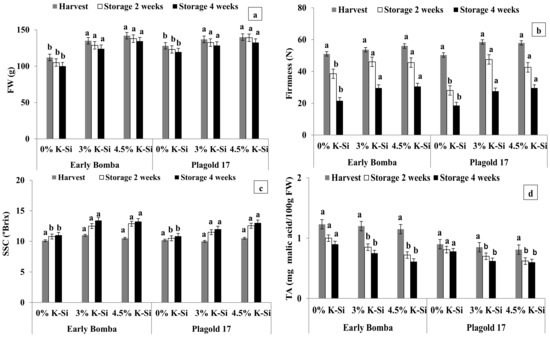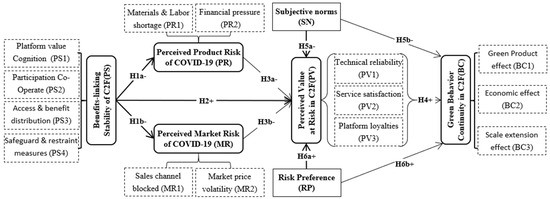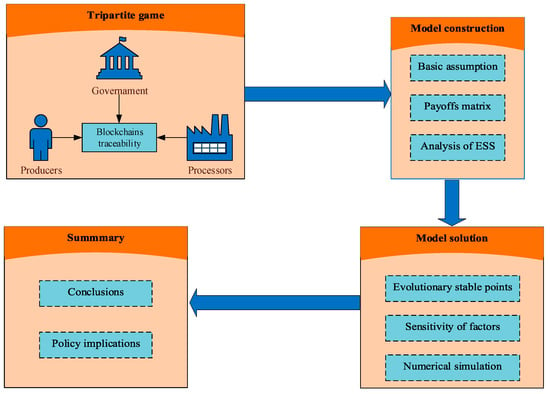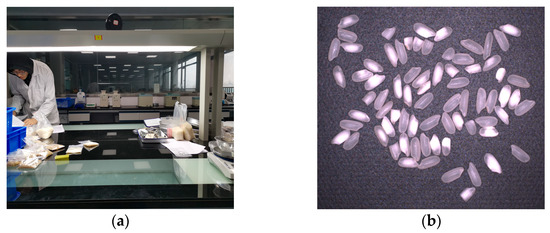1
Regional Center for Agricultural Research of Sidi Bouzid (CRRA) PB 357, Sidi Bouzid 9100, Tunisia
2
Institut Supérieur Agronomique Chott Meriem, Université de Sousse, Sousse 4042, Tunisia
3
Departament of Pomology, Estación Experimental de Aula Dei (CSIC), Avda de Montañana 1005, 50059 Zaragoza, Spain
Agriculture 2023, 13(1), 195; https://doi.org/10.3390/agriculture13010195 - 12 Jan 2023
Cited by 14 | Viewed by 3598
Abstract
Peach fruit quality is dependent on preharvest treatments and orchard practices. The aim of this study is to evaluate the effects of preharvest potassium silicon fertilization on fruit postharvest quality. Two peach cultivars (“Early Bomba” and “Plagold 17”) were sprayed with three concentrations
[...] Read more.
Peach fruit quality is dependent on preharvest treatments and orchard practices. The aim of this study is to evaluate the effects of preharvest potassium silicon fertilization on fruit postharvest quality. Two peach cultivars (“Early Bomba” and “Plagold 17”) were sprayed with three concentrations of potassium silicon (K-Si) at fruit set, stone hardening, and physiological maturity stages. The applied treatments corresponded to control (T0 = 0% K-Si) pulverized with distilled water and two K-Si treatments (T1 = 3% K-Si and T2 = 4.5% K-Si). The blooming and harvesting dates, vegetative growth and agronomical parameters were analyzed over two growing seasons (2021–2022). Peach fruits were stored at 5 °C and 95% RH during two cold storage periods (2 and 4 weeks) followed by 2 days at room temperatures. The fruit weights (FW), color, firmness, soluble solids content (SSC), titratable acidity (TA), pulp stone ratio (P/S) and fruit weight loss (FWL) were evaluated. The anthocyanins, flavonoids, total phenolics, carotenoids and antioxidant capacity (DPPH) were determined. Vitamin B5 and vitamin C were analyzed by HPLC. The ethylene rate and the chilling injury symptoms (CI) were analyzed after two cold storage periods (2 and 4 weeks). Results showed that the applied potassium silicon treatments (3% K-Si and 4.5% K-Si) enhanced the FW, SSC, TA, FWL, fruit composition and CI. Anthocyanins and total phenolics increased after cold storage period under K-Si treatments. The nectarine cultivar (cv) Early Bomba showed low sensibility to chilling injury symptoms as compared to the cv Plagold 17.
Full article
(This article belongs to the Special Issue Effect of Preharvest and Postharvest Technologies on Fruit Ripening and Senescence)
▼
Show Figures














